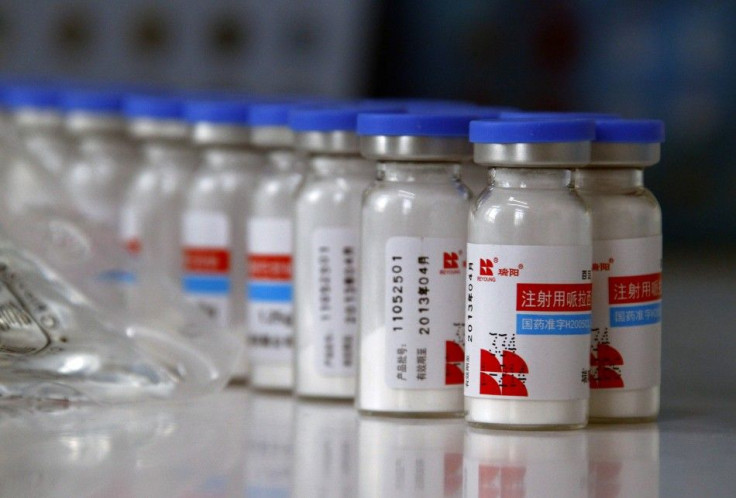World AIDS Day 2012: 'Getting To Zero' Is A 'Tall Order,' But Awareness Can Be Achieved

For World AIDS Day 2012, lofty goals have been set by the World Health Organization, or WHO, for its annual day that brings many together annually on Dec. 1 to raise awareness about HIV/AIDS.
The 2012 theme is -- and will be until 2015 -- "Getting to Zero: Zero New HIV Infections. Zero Discrimination. Zero AIDS Related Deaths.” The World AIDS Day campaign for Saturday will focus on global health initiatives such as preventing new infections, eradicating AIDS-related deaths (which account for approximately 30 million people as of 2009), and removing all stigma and negative attitudes toward the disease and those people living with the disease.
But the theme "Getting to Zero" is a "tall order" despite groundbreaking efforts in solidarity, said Mathew Rodriguez, editorial project manager at TheBody.com, the Web's most comprehensive HIV/AIDS resource.
"The goal of 'Getting to Zero' is a daunting one, especially considering there are places in the world where the infection rate is rising instead of going down," Rodriguez said. "It is a task that requires all of our attention, passion and care."
The U.S., according to the latest UNAIDS Report on the Global AIDS Epidemic, has more than 1.2 million people living with HIV. Rodriguez said the U.S. is considered "stable," unlike many other countries, despite declining infection rates on a global scale since 2005.
"'Stable' means that our number of infections remains relatively steady -- not exactly a good thing. But it is better than in the nine countries including the Philippines, where the rate of HIV infections is going up."
In total, 33 million people worldwide currently live with HIV, 5.7 million of whom live in South Africa. In fact, Africa houses the top 10 countries with the highest percentage of people with HIV/AIDS, with Swaziland, Botswana and Lesotho at the top.
Though TheBody.com estimates a vaccine for HIV/AIDS won't be available for another decade, many new ways of raising awareness have been enacted to work toward eradicating the HIV/AIDS pandemic, with World AIDS Day as the spearhead. Since it was celebrated in December 1988 thanks to two WHO public officials, James Bunn and Thomas Netter, visibility of World AIDS Day has grown immensely. The White House first became involved in 2007, when it draped a red ribbon in the building's North Portico. The Pope also delivers a yearly sermon to those living with the disease worldwide.
"[World AIDS Day] is an important moment to educate everyone about the HIV/AIDS pandemic, as well as the differences between the epidemic in the U.S. and epidemics elsewhere," Rodriguez said.
Many communities and countries organize efforts and hold special events on Dec. 1, such as fundraisers, vigils, ceremonies, free testing, concerts and performances to raise awareness. For a comprehensive guide to events in major cities, browse through special events in your city.
But for those who live in communities without any hyperlocal World AIDS Day activities for 2012, Rodriguez said "there is a way for everyone to get involved as we strive for zero."
Social media has been and remains a large influence on the annual day to promote the cause. On Twitter and Facebook, users can add an AIDS awareness ribbon to profile photos or help lobby Google to adopt a World AIDS Day Doodle. Many Tumblr accounts, decked out with red ribbons, have even been created to help raise awareness.
In terms of testing, one large stride has been made by the U.S. Centers for Disease Control and Prevention, which has recommended HIV/AIDS screening to be conducted as frequently as cholesterol testing. And if the task force recommendation by the U.S. Preventive Services Task Force, which calls for HIV screening to become part of routine health checkups for people between the ages of 15 and 65, is adopted, then many insurance plans around the country would provide coverage for testing, free of charge.
For now, though, there are many ways to get tested for HIV/AIDS in local communities. Visit the U.S. Department of Health and Human Services site at aids.gov to use the search tool to find HIV testing sites, including free services.
© Copyright IBTimes 2024. All rights reserved.






















